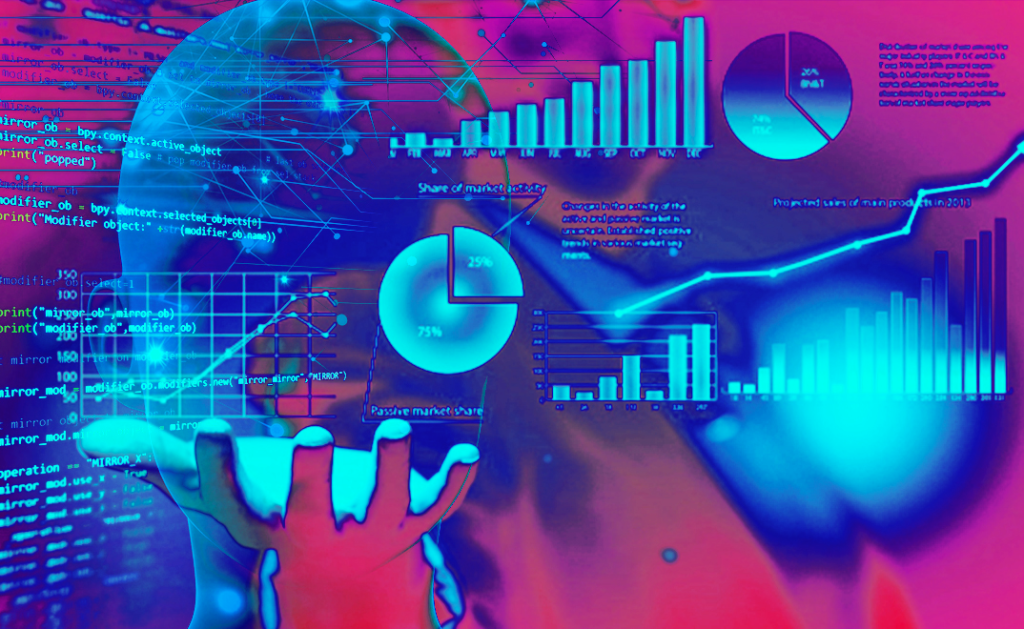Education has entered a new era where data-driven decision-making is transforming the way teachers instruct and students learn. Learning analytics, the process of collecting, analyzing, and interpreting data related to student learning, has become a powerful tool for educators. By leveraging data, teachers can gain valuable insights into student performance, engagement, and learning behaviors, allowing for more personalized and effective teaching methods.
In this article, we will explore what learning analytics is, how it works, its benefits, and its challenges. We will also discuss how educators can effectively implement learning analytics to improve teaching practices.
What is Learning Analytics?

Learning analytics refers to the measurement, collection, analysis, and reporting of data about students and their learning processes. This data can come from various sources, including learning management systems (LMS), online assessments, attendance records, and classroom participation. The goal of learning analytics is to use this data to improve educational outcomes by identifying trends, predicting student performance, and enabling evidence-based teaching strategies.
In simple terms, learning analytics helps teachers understand:
- Which students are struggling and need extra support.
- How students interact with course materials.
- Which teaching methods are most effective.
- How to optimize curriculum design for better learning experiences.
How Does Learning Analytics Work?
Learning analytics follows a structured process that involves several key steps:
A. Data Collection
The first step in learning analytics is gathering data from different sources, such as:
- LMS platforms (Google Classroom, Blackboard, Moodle) – Tracks student activity, submissions, and time spent on tasks.
- Online assessments and quizzes – Measures student performance and knowledge retention.
- Attendance records and participation logs – Helps identify students who are disengaged or at risk.
- Engagement metrics – Tracks time spent on learning materials, discussion forum interactions, and collaboration with peers.
B. Data Processing and Analysis
Once the data is collected, it is processed using analytical tools and techniques. Advanced technologies like AI and machine learning can detect patterns and predict future student performance. Teachers and administrators can use data dashboards to visualize student progress and identify areas that need improvement.
C. Reporting and Insights
Learning analytics generates reports that help teachers and schools make informed decisions. These reports may include:
- Student performance trends over time.
- Comparative analysis of different teaching methods.
- Predictions on which students may need intervention.
- Suggestions for curriculum improvement.
D. Actionable Interventions
The final step is using data insights to modify teaching strategies, provide personalized learning plans, and support struggling students. Learning analytics enables real-time interventions, ensuring that no student falls behind.
Benefits of Learning Analytics in Teaching
Learning analytics offers numerous benefits for educators, students, and institutions. Here’s how it enhances teaching practices:
A. Personalized Learning
By analyzing student data, teachers can identify individual learning styles, strengths, and weaknesses. This allows for tailored instruction, ensuring that every student receives the support they need.
Example: If data shows that a student struggles with math but excels in reading, the teacher can adjust the curriculum to provide additional math resources and encourage peer learning.
B. Early Identification of At-Risk Students
Learning analytics helps teachers detect early warning signs of students who are struggling academically or disengaged. Educators can intervene before the student falls too far behind.
Example: If a student consistently performs poorly on quizzes and rarely participates in discussions, teachers can reach out to offer additional support or tutoring.
C. Improved Teaching Strategies
Data analysis allows teachers to assess which teaching methods, lesson formats, and assignments are most effective. By understanding what works best, educators can refine their approaches for better learning outcomes.
Example: If data shows that students perform better with interactive videos than with text-based content, teachers can incorporate more multimedia resources.
D. Enhanced Student Engagement
Engagement data can help educators understand how students interact with materials and which activities keep them motivated. This enables teachers to design more engaging lessons.
Example: If students spend more time on gamified learning activities than traditional lectures, teachers can integrate more interactive elements into their lessons.
E. Data-Driven Decision Making
With access to real-time data, school administrators and policymakers can make informed decisions about curriculum design, resource allocation, and policy changes to enhance overall education quality.
Example: If multiple teachers notice that students struggle with a particular math concept, schools can introduce additional workshops or resources to support learning.
Challenges of Implementing Learning Analytics
While learning analytics offers great potential, its implementation comes with challenges that need to be addressed.
A. Data Privacy and Security
One of the biggest concerns with learning analytics is the protection of student data. Schools must ensure that data collection follows ethical guidelines and complies with regulations such as FERPA (Family Educational Rights and Privacy Act) and GDPR (General Data Protection Regulation).
B. Resistance to Change
Some educators may be hesitant to adopt data-driven teaching methods due to lack of training, fear of technology, or concerns about data replacing human judgment. Providing professional development and demonstrating the value of learning analytics can help overcome this resistance.
C. Data Overload
Too much data can be overwhelming for educators, making it difficult to extract meaningful insights. Schools need to invest in user-friendly dashboards and AI-powered analytics tools that simplify data interpretation.
D. Equity Issues
Not all students have equal access to digital learning tools, creating disparities in data collection. Schools must ensure that learning analytics does not widen the digital divide and that all students benefit from personalized learning.
Best Practices for Using Learning Analytics in Teaching
To maximize the benefits of learning analytics, educators should follow these best practices:
A. Set Clear Goals
Before implementing learning analytics, schools should define their objectives, such as improving student performance, identifying struggling learners, or enhancing engagement.
B. Use Ethical and Transparent Data Practices
Educators must ensure that student data is collected responsibly, with clear policies on privacy, security, and consent. Transparency about how data will be used builds trust among students and parents.
C. Combine Data with Teacher Expertise
While data can provide valuable insights, it should not replace human judgment.
D. Provide Professional Development
Teachers need training to effectively use learning analytics tools. Workshops, certifications, and ongoing support can help educators become comfortable with data-driven teaching.
E. Focus on Actionable Insights
Instead of getting lost in large datasets, teachers should focus on key performance indicators (KPIs) that directly impact student success. This ensures that analytics leads to practical improvements in teaching methods.
The Future of Learning Analytics
As technology advances, learning analytics will continue to evolve, making education even more personalized and data-driven. Here are some trends shaping the future:
A. AI-Powered Predictive Analytics
AI will play a larger role in predicting student success, detecting learning gaps, and providing real-time interventions.
B. Real-Time Adaptive Learning Systems
Future learning platforms will adjust lesson difficulty automatically based on student progress, ensuring an optimized learning experience.
C. Blockchain for Secure Data Management
Blockchain technology could be used to securely store student records, ensuring data integrity and privacy.
D. Wearable Technology for Student Engagement
Wearable devices like smart glasses or biometric sensors could measure student concentration and engagement levels in real-time.
Conclusion
Learning analytics is transforming education by providing teachers with data-driven insights to improve teaching practices. By analyzing student performance, engagement, and learning behaviors, educators can create personalized learning experiences, identify at-risk students, and enhance instructional methods.
While challenges such as data privacy and equity need to be addressed, the potential benefits of learning analytics are undeniable. With the right approach, schools can leverage data to ensure every student receives the support they need to succeed.
As education continues to evolve, learning analytics will play a crucial role in shaping the future of personalized, effective, and inclusive learning experiences. 🚀📊


